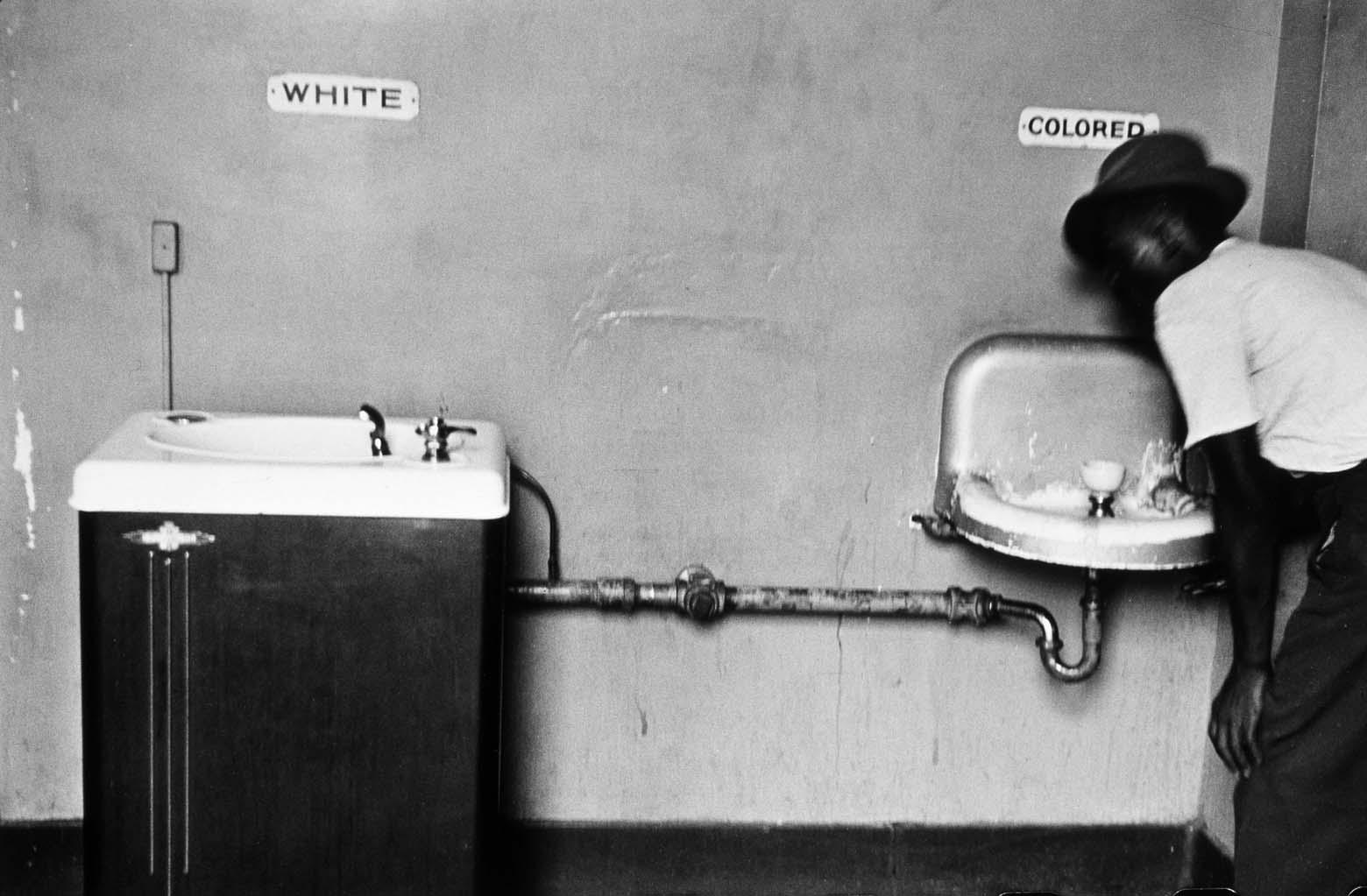The National Housing Act of 1934, part of Franklin Delano Roosevelt’s ‘New Deal’ following the Great Depression, was aimed at making home ownership affordable for lower-income Americans. However, the maps that were drawn up by the government-sponsored Home Owners’ Loan Corporation (HOLC), which was intended to prevent new homeowners from defaulting on their loans, in fact targeted minorities by making race and country of birth important zoning categories. The practice of relegating homebuyers considered ‘hazardous’ to creditors to certain sections of the city became known as ‘redlining’ due to the districts’ red colour on HOLC maps. Although the Fair Housing Act of 1968 prohibited discriminatory housing practices, it is rarely enforced, and the devastating effects of redlining are still strikingly obvious today in almost every US city. This video essay explains how redlining continues to touch almost every facet of daily life, including health, education, wealth and policing, for urban minorities in the US.
Video by NPR’s Code Switch
Narrator: Gene Demby
Producer: Kara Frame
Originally appeared in Aeon.













